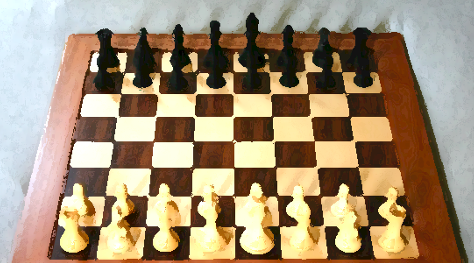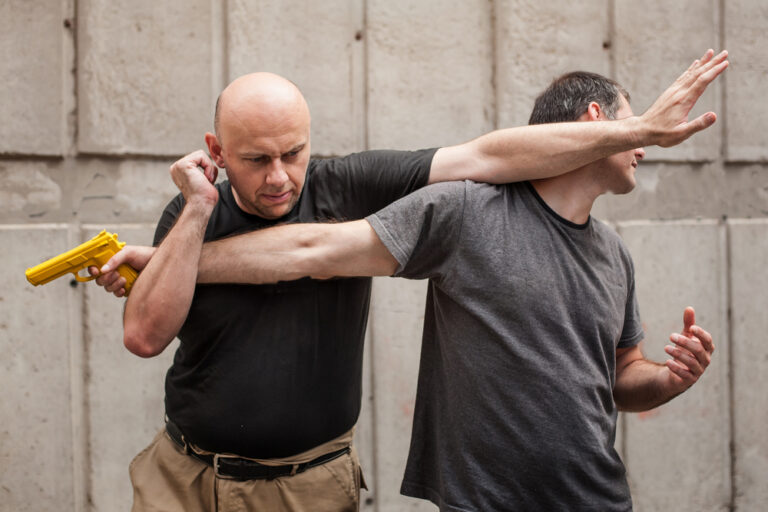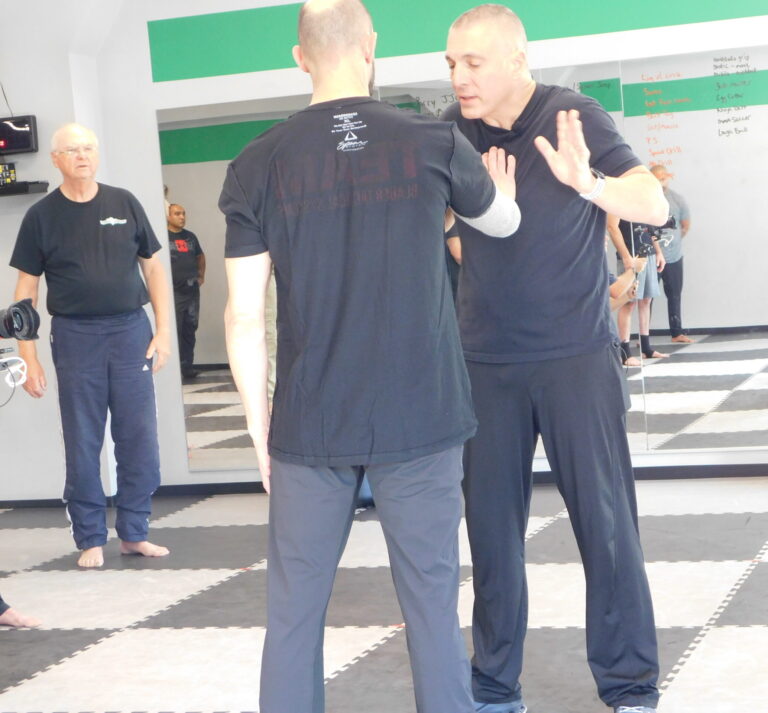One of the privileges I have had is learning Krav Maga from the direct students of its founder, Imi Lichtenstein.
They would tell me stories about how they would line up in front of Imi to work various drills and attacks. Before they were able to execute their first move, however, he was able to preemptively counter and neutralize their intended moves.
Imi would explain that he was able to read their intentions by gauging their respective distance, stance, and incidental physical “tells.” In other words, he could predict their next move and counter accordingly.
The system of Krav Maga is focused on always being one or two moves ahead of your attacker. Since every action delivered causes a respective reaction, a Krav Maga practitioner will deliver a series of attacks with the express purpose of causing his attacker to respond in a particular manner. Once this has happened, a Kravist is able to finish the physical engagement and move to safety.
The analogy of chess is furthered when you consider that Krav Maga looks at every move that a defender makes as a tactical improvement of their “physical position on the board.” As an example, if you’re on the ground, getting up, by itself, is the first technique. If up against the wall, move away. If confronted while seated, get up. If threatened from behind, immediately turn around.
When learning the system of Krav Maga, much focus is given to the specific techniques required per belt level. Always remember, that no technique has to be executed from a compromised position. If you are able to improve your visibility, balance, position of your respective weapons or access to exit, then that is your first move.
Just like a chess master, we aim to end our engagement in as few moves as possible. Don’t add unnecessary strikes or work from a place that isn’t tactically most advantageous. Learn all the moves, but play the right game.




